+84 28 6 2792676
Handmade Natural pineapple Fibres/ Pineapple leaf fiber
- The pineapple fiber is soft, translucent, white or ivory in color and has luster.
- It has an elegant appearance similar to linen and is lightweight and easy to care for.
- Pineapple silk is considered the queen of Philippine fabrics.
- It is durable and resistant to moisture.
- The yield of fiber is 2.5 to 3.3% of the weight of green leaves.
- It can blend efficiently with any other fabrics.
- It can be washed and doesn’t need to be dry cleaned.
- An embroidered Pina garment is called as Pina calado.
- When the pineapple fiber is woven with silk it is called Pina Seda or Pina silk.
- A blend of abaca or silk is known as Pina jusi.
- It is 10 times coarser than cotton and the fiber and has a higher dye absorption tendency due to its higher moisture regain.
- It can be dyed with direct, reactive, vat, and azo dyes with better fastness properties as compared to that of cotton.
- It can also be dyed with basic dyes at room temperature due to the presence of lignin and hemicellulose, which are more than 15% amorphous in character with acidic nature.
- The pineapple fibers can be used in wide applications from apparel to technical textiles.
- Used in industrial applications like tires and conveyor belts and can be used in the paper manufacturing industry.
- The pineapple fabric used to make upholstery and furnishing.
- It is used for making table linens, bags, mats, and other clothing items.
- It is used for making a thin and transparent embroidered garment known as barong Tagalog which has worn over a shirt and other formal wear in the Philippines.
- It is used for making wedding attire for men, blouses for women, kimonos, panuelos, gowns, and handkerchiefs.
- Sports items, baggage, automobiles, cabinets, and mats. Surface modified PALF is introduced for making machinery parts like belt cord, conveyor belt cord, transmission cloth, and air-bag tying cords.
- It is generally used in making threads for textile fabrics.
- It can be suitable for various other applications such as cosmetics, medicine, and biopolymers coating for chemicals.
- It is used to reinforce the corrugated roofing sheets.
Description
Properties of pineapple fiber:
length(mm): 10-90
Fineness(tex) : 2.44-3.56
Fiber Tenacity (gm/tex) : 30.00-51.00
Elongation %: 2.5-3.5
Moisture regain % : 11.5-12.00
Water swelling % : 48.96
True density gms/cc : 1.5260
Porosity % : 9.00
Flexural rigidity dyne/cm2 : 3.80
Torsional rigidity dyne/cm2 X1010 : 0.36
L/B ratio : 450
Moisture content : 11.8 % max
Tensile strength (MPa) : 413–1627
Young’s modulus (GPa) : 34.5–82.51
Specific strength (GPa/g/cm3) : 0.3–1.1
Specific modulus (GPa/g/cm3) : 22.7–54.3
Initial modulus(cN/tex): 570-700
Elongation at break (%) : 1.6 -3
Dia.(mm) : 20–80
Microfibril angle : 8-14
It has high insulation power and high absorbency.
The thermal conductivity of this fiber is below at 0.0273 watts/m2/k which suggests that these fibers can be used as good thermal insulators.
It has high flexural and torsional rigidity than that of cotton fiber.
It has a high degree of crystallinity with a spiral angle of 15 C
Effect of alkali: when it is treated with 18% NaOH results in length shrinkage and enhances breaking elongation.
Effect of H2O2: H2O2 improves its fineness up to 5 to 6% but reduces tensile strength by 40 to 45%.
Pineapple fiber dissolves in 60% sulphuric acid in 5 min.


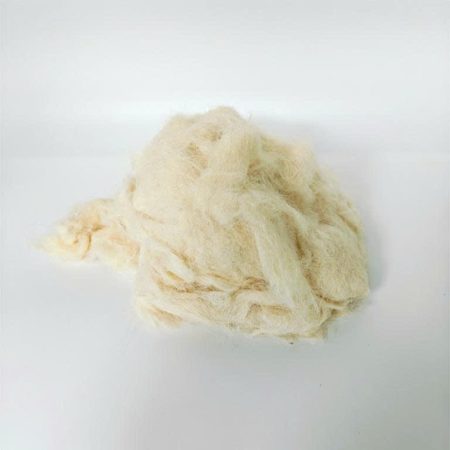
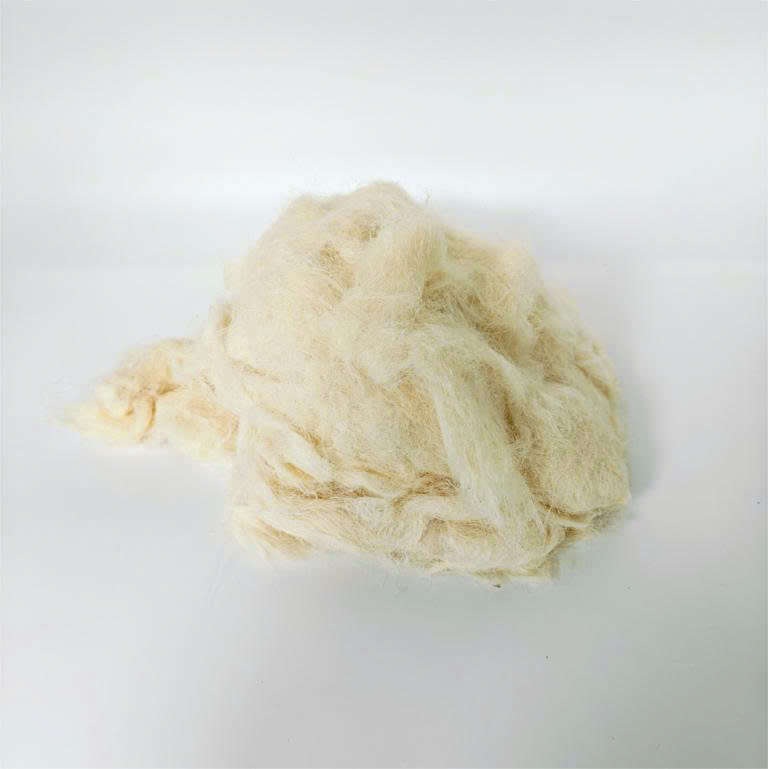
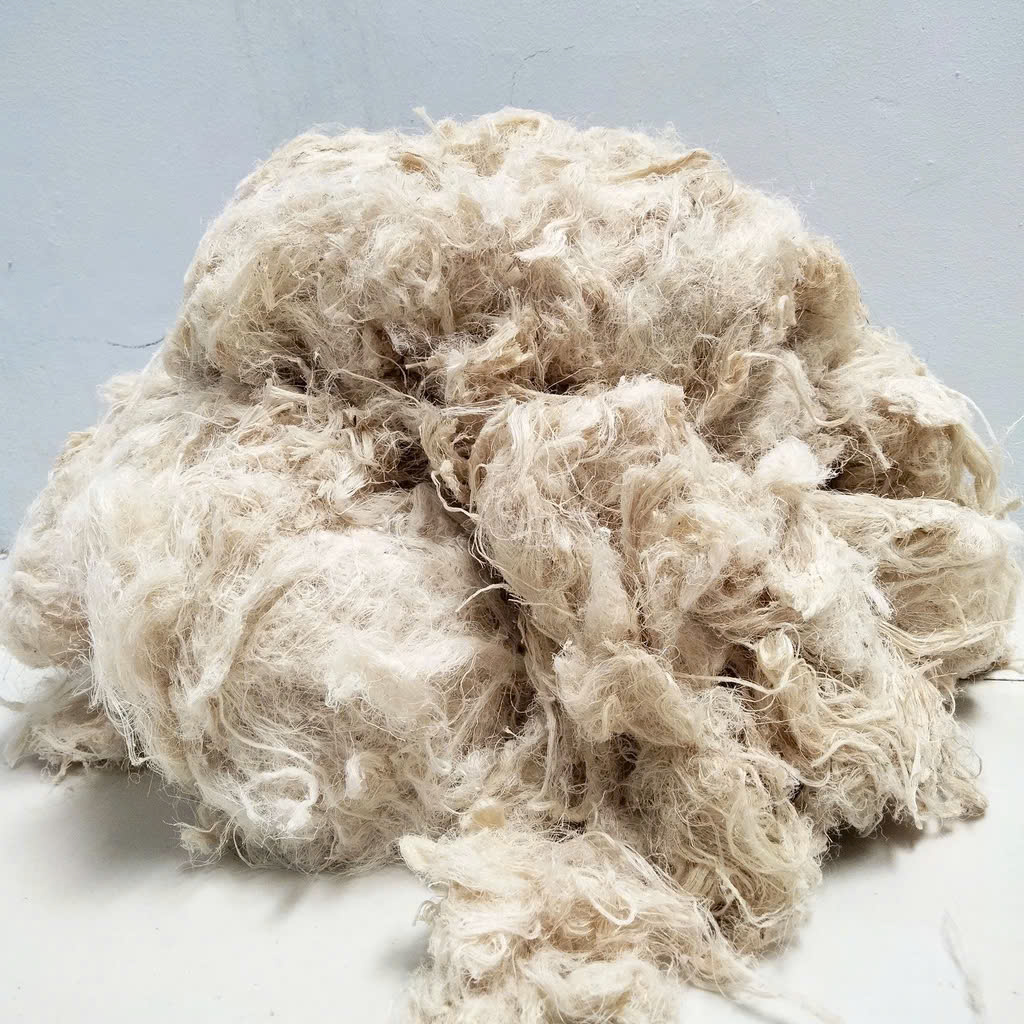

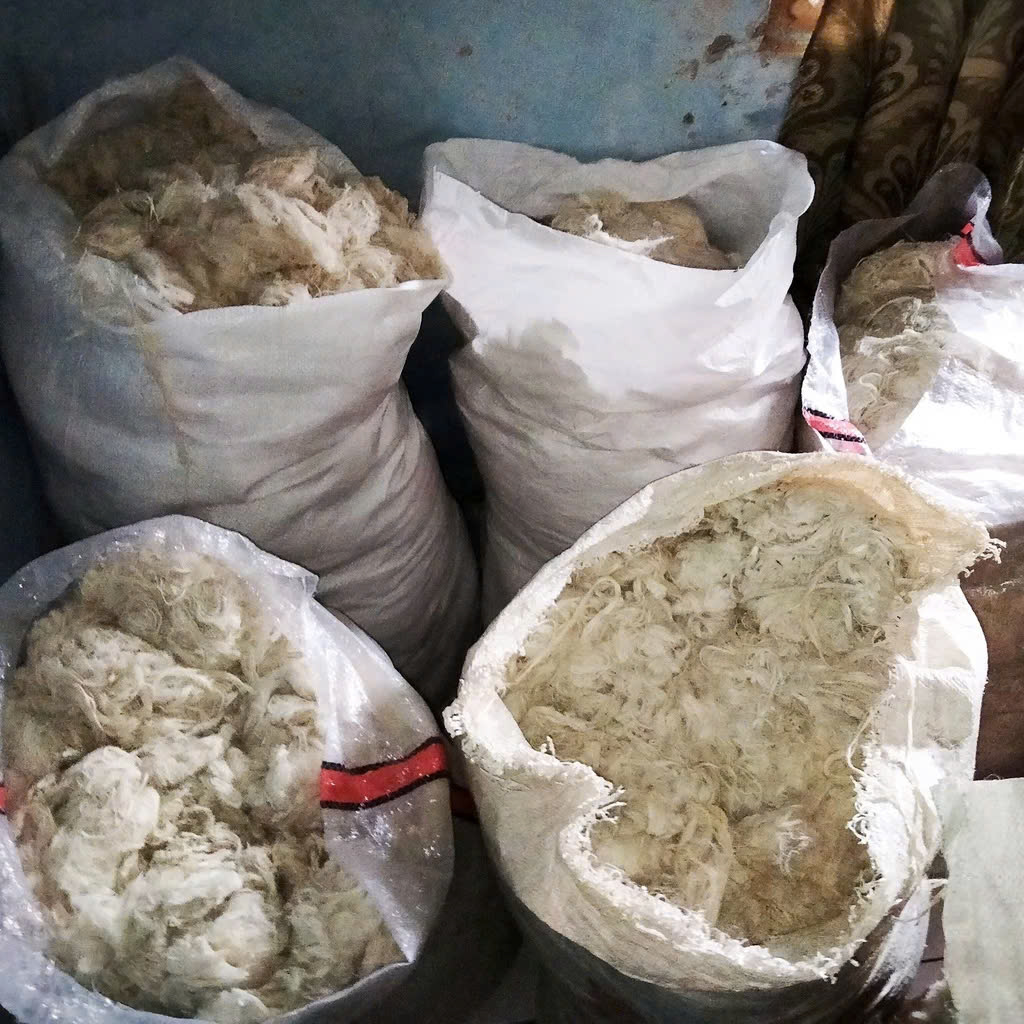


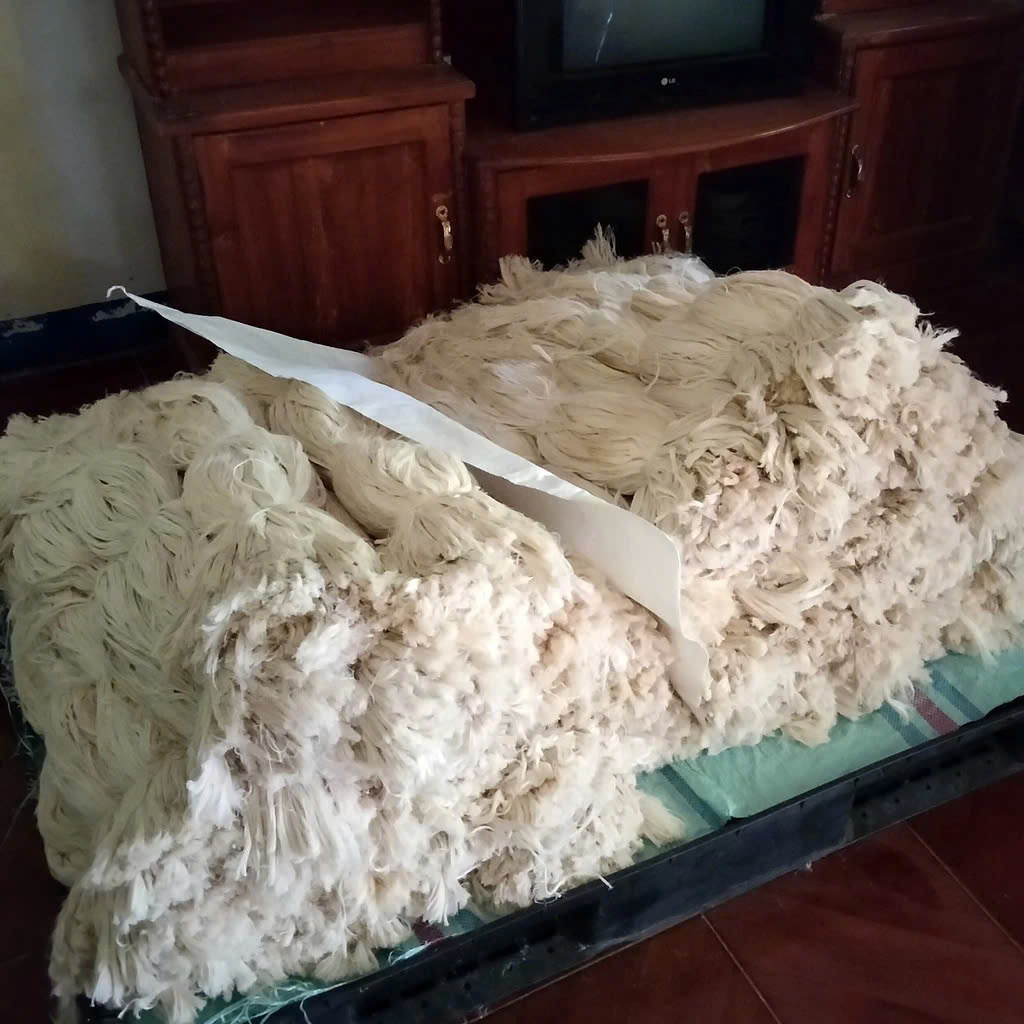
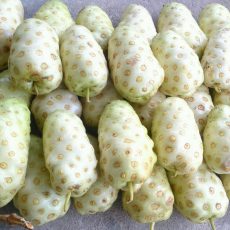
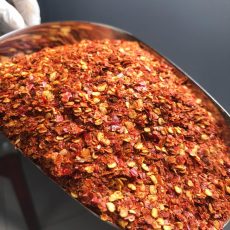
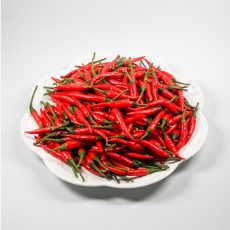
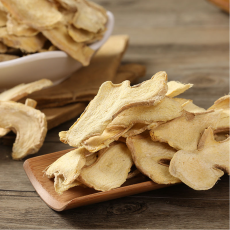
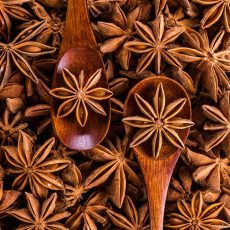
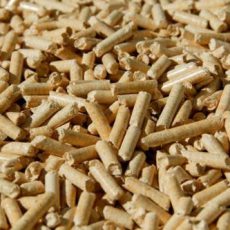
Reviews
There are no reviews yet.